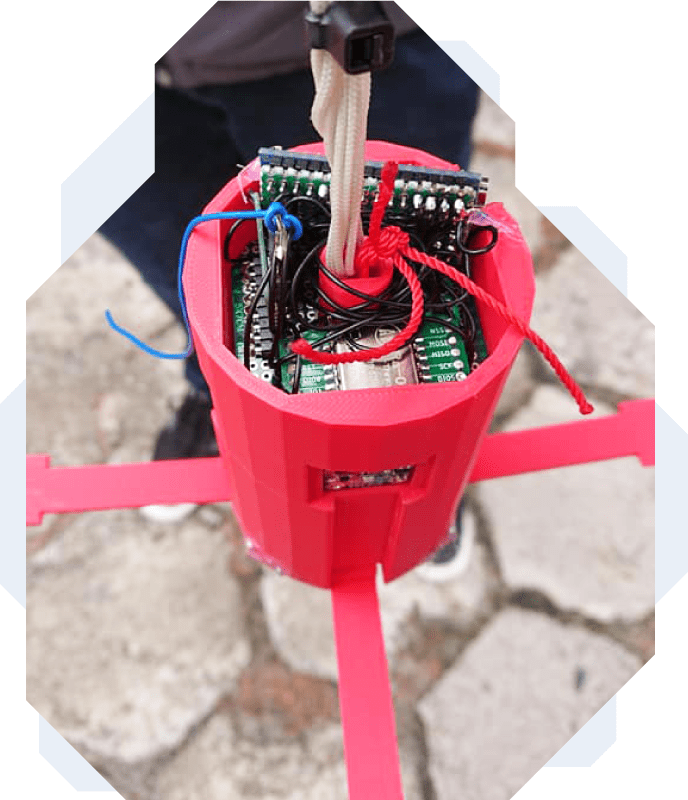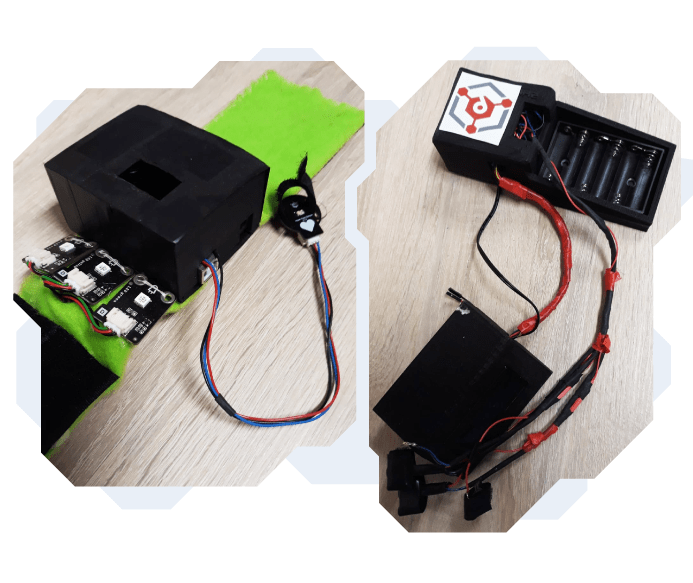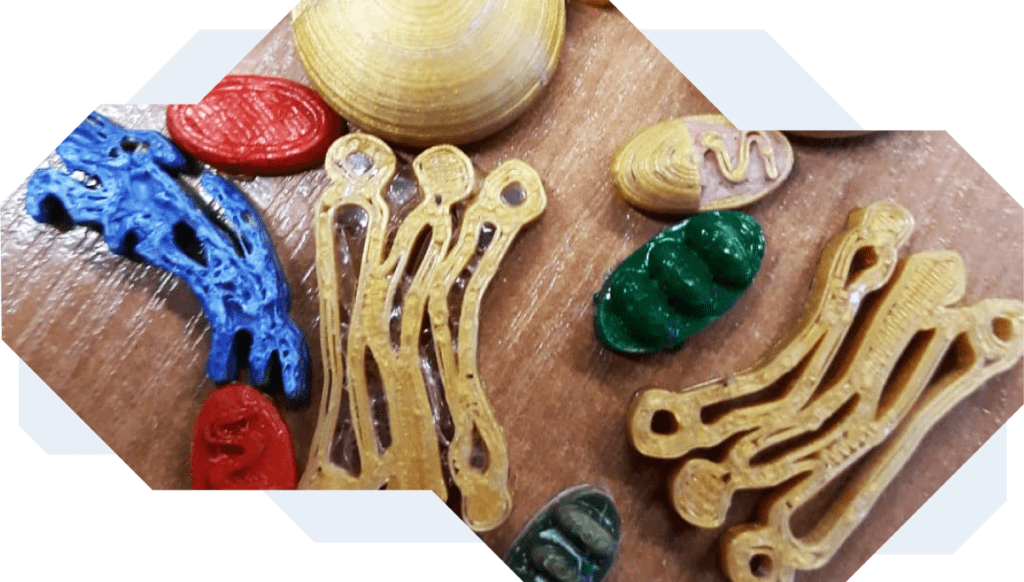
What:
The Helpful Hand – robotic hand helping disabled

When:
November 2018 –
April 2019

Project Coordinator:
Dorota Czech – Czerniak

Who:
Primary School no. 6. in Września

Skriware tools used:
Skriware 2 3D printer

Robotics and primary school may seem to be difficult to connect. However the students from the primary school no. 6 in Września know, that it’s the foundation of the modern STEAM education. Besides the traditional classes in their school they can participate in projects, during which they work on real issues problem solving. The fruit of such actions was among others, creation of a Helpful Hand for people with a unilateral paralysis of the body.
Modern education: the answer to problems
Dorota Czech – Czerniak, primary school no. 6 in Września says:
Our robotic classes were conducted in the form of projects: from a problem to the solution. We stated the challenge, looked for different solutions and tried to develop a prototype of our final idea. Students constructed a satellite to examine air parameters, they designed a heart monitoring smartwatch and an artificial hand facilitating the voice communication for unilaterally paralysed people.

The last one, Helpful Hand, deserves special attention. The Hand helps people with disabilities and those who struggle with speaking after different kinds of surgeries. Students kicked off this project by organizing meetings with patients and doctors to help them better understand the problem. Thanks to those meetings they could plan what functionalities their invention needed. The sensors installed in the Hand detect the movements of the healthy palm and screen particular gestures (i.e. “yes”, “no”, “I’m not well”) on the LCD screen which turns on the sound signal. Construction elements of the Helpful Hand were printed on Skriware 2 3D printer (i.e. the special case for steering Arduino plate)
Robotics at primary school, benefits in the future
Project approach fills science with sense. Students can find out on their own, why they learn particular stuff and how much knowledge or how many skills they need to acquire to reach the goal. In our case the goal was to build a fully functioning solution. In our projects we touched such fields as physics, biology, 3D modelling, electronics, engineering, mathematics, English. Students were very engaged. Some of them have already graduated but still come back to our school to recall their old projects. They say it was the best thing that has ever happened in their educational path.
– says Dorota Czech-Czerniak proudly.
As complicated as the 3D print and design may seem, they are fascinating to students even at a very early stage of education. They also develop other skills i.e. spatial imagination much needed in mathematics.. Those fields may also be easily introduced on different stages of education. In our case younger pupils have started with 3D print of ready-made models. Later on they learned how to prepare their own designs. With older students Dorota worked on projects from the very beginning and the Helpful Hand may set a perfect example here.

Besides the students, the modern way of teaching is also much respected by the parents. They are really surprised about the effects that the introduction of robotics at school has. I love to appreciate my students. That’s why I organised a meeting for parents. During the meeting children showed them what they have created. Parents were extremely proud that their kids can create such things – says the coordinator of the project.
STEAM Education – the real interdisciplinarity
Skriware 2 3D printer is an appliance that serves teachers in Września no matter the subject they are teaching. They have created educational aids such as plants and animal cells that could be then self-assembled by the students. We also created solids for mathematics, collars for animals, in which you can put the owner’s data in the form of QR code. Sometimes in order to implement multi-disciplinary projects, the simultaneous help of physics and biology teachers was needed. There was also a lot of self-acquisition of knowledge. Those can only be treated as a value added to the project. The work took place in groups, using various communication channels
School no. 6 in Września is an outstandingly modern school. Education at this facility also includes teaching manual and technical skills (while working with Arduino and Micro:bit boards, students learned, for example, soldering) or working with electronics (they learned how resistors and sensors work, they built electronic circuits). When asked about the skills the development of which is facilitated by the presence of Skriware equipment in the school, Dorota Czech-Czerniak lists them in one breath: programming, mathematical skills, creating documentation, teamwork, communication (offline and online), English, time management, and work planning.
And finally: broadly understood robotics in primary school turns out to be a great fun that engages students. Dorota Czech-Czerniak says:
We will probably remember for the rest of our lives those moments of euphoria when, after a few hours of “struggle”, our solution finally started to function, and our determination when we were constantly looking for a mistake and the reason why something did not work. Sometimes in the afternoon we ended the meeting, and in the morning someone came with information that they probably figured out the solution to the problem – says a teacher from Września. Sometimes I had the impression that my students were light years ahead of me. They were able to acquire the necessary knowledge and skills in a very short time, and they did it themselves
This is the potential of kids we believe in at Skriware and each story like this ensures us that what we do makes sense.


